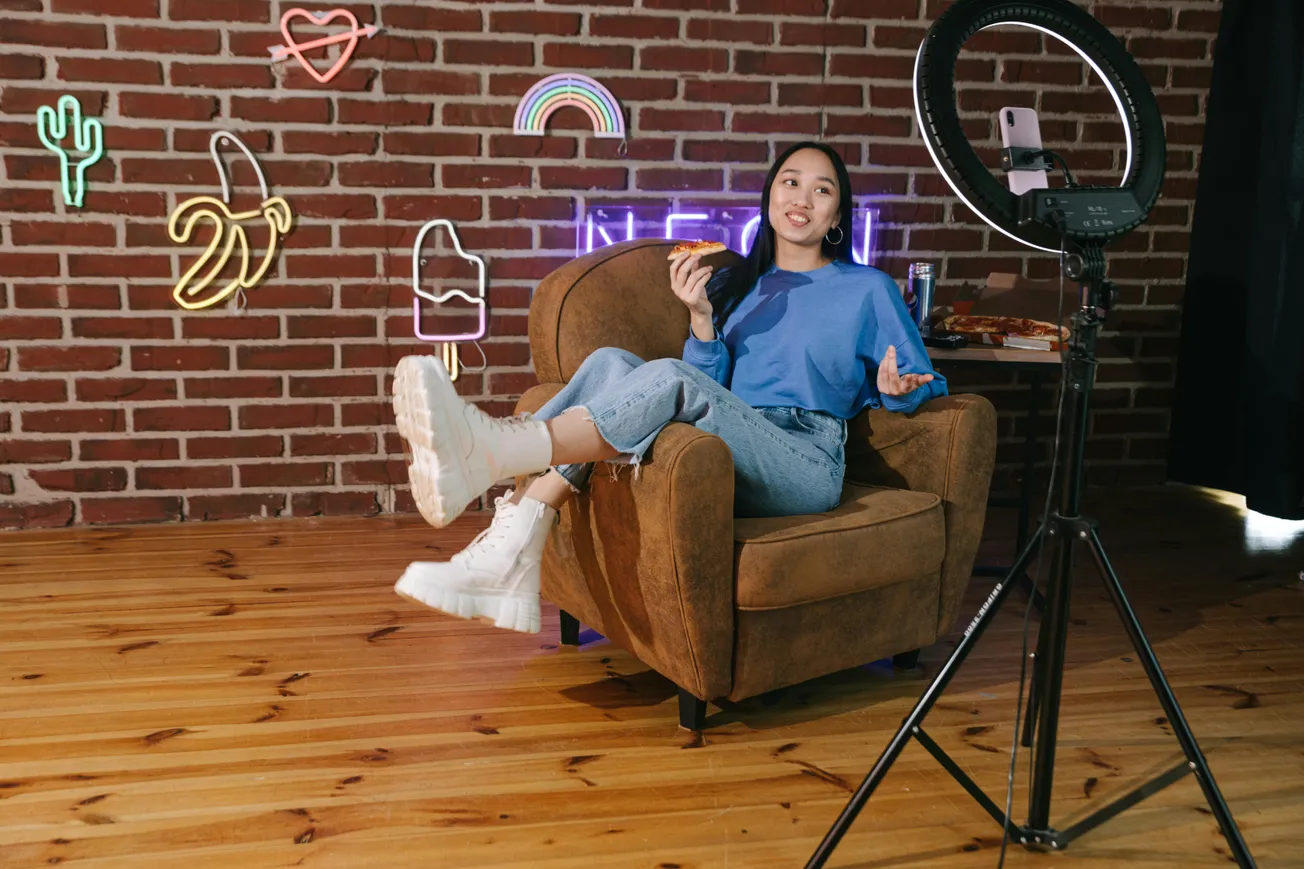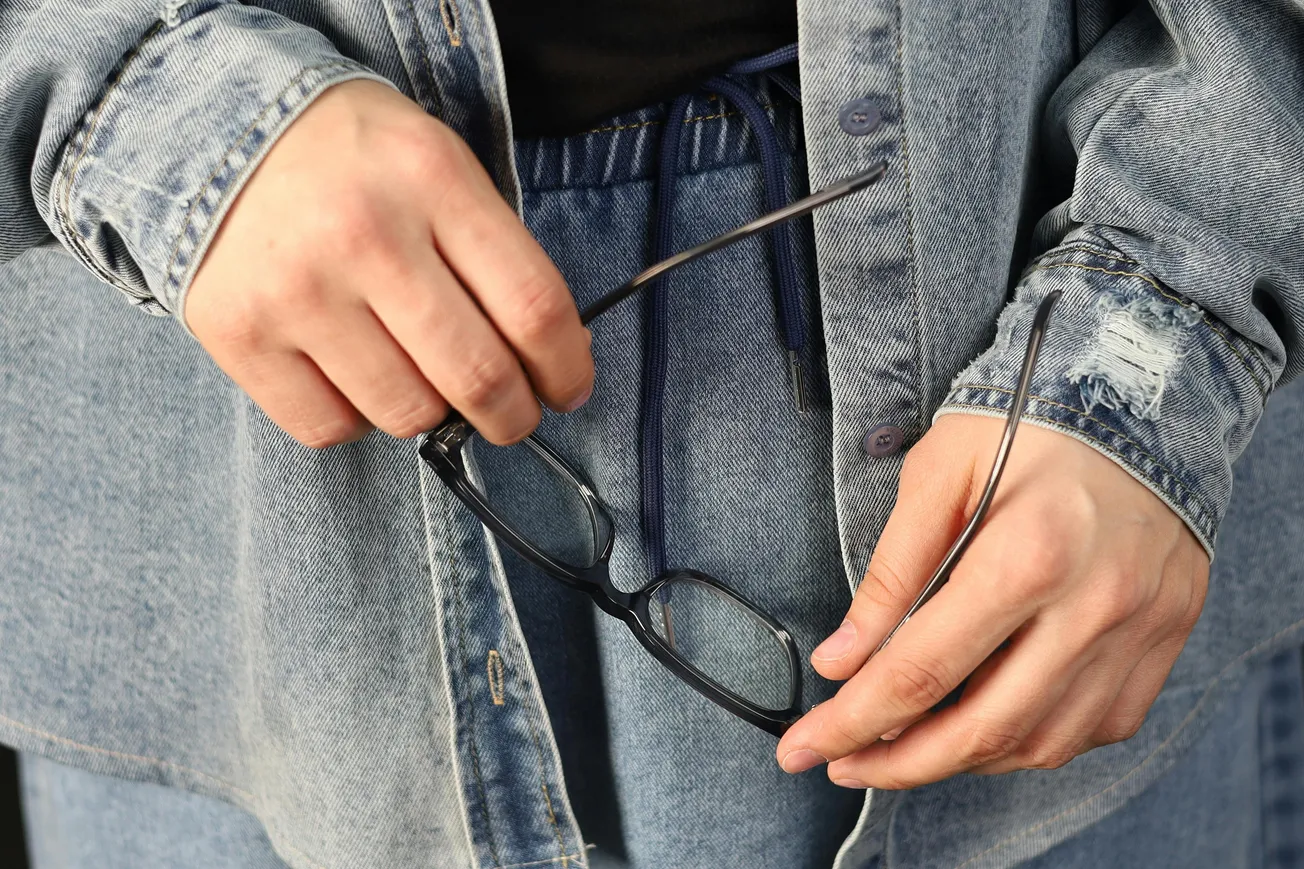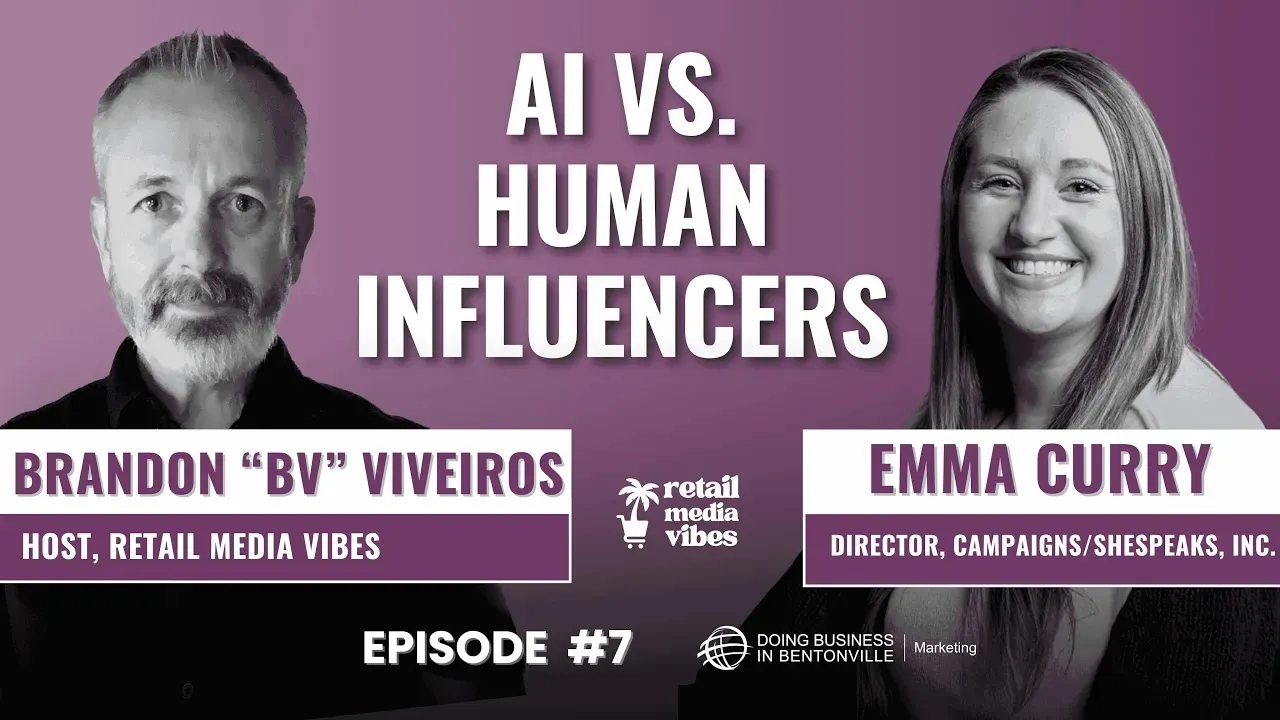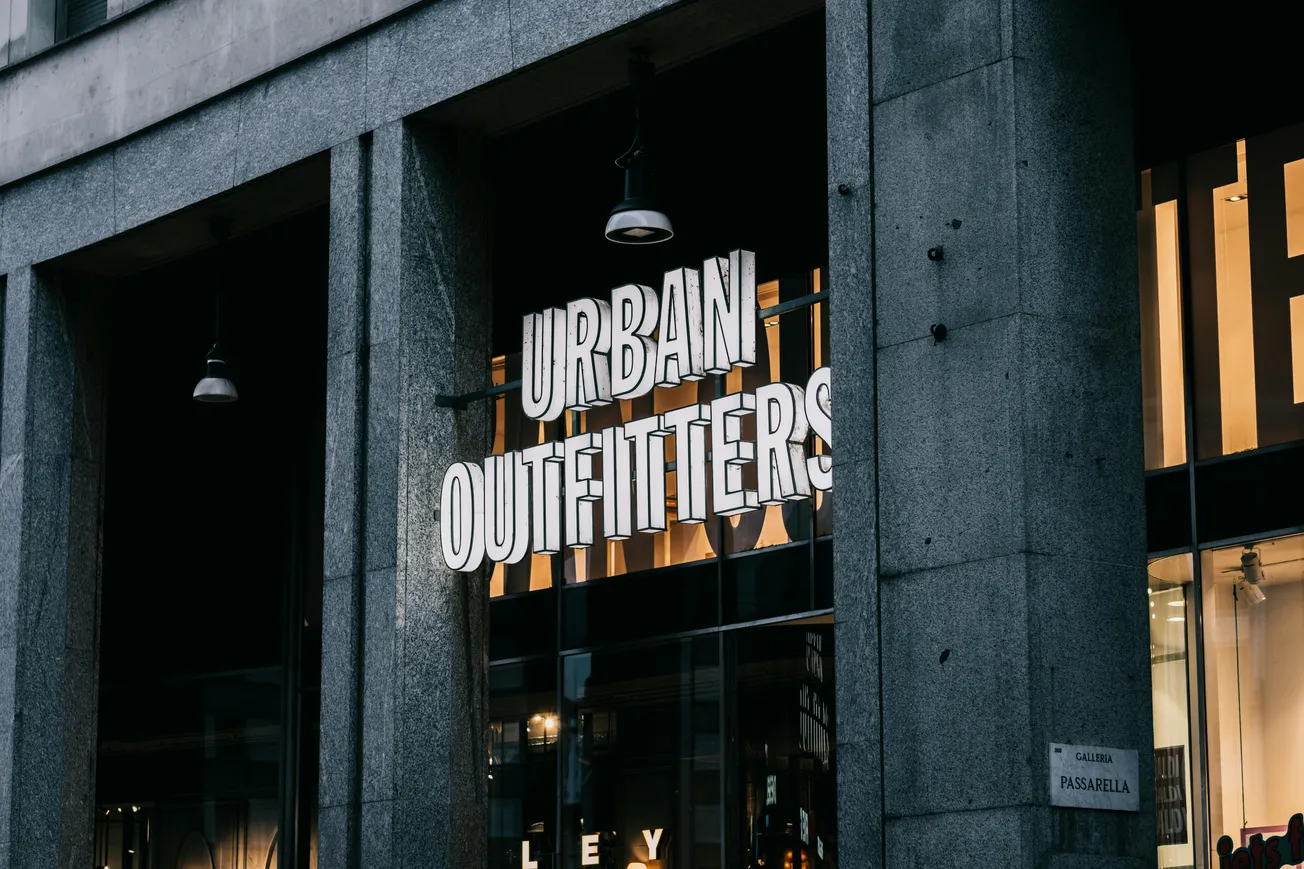The creator economy is undergoing a profound evolution: rather than simply promoting others’ products, many influencers are becoming direct‑to‑consumer retailers themselves.
Platforms such as ShopMy, Condé Nast’s upcoming “Vette”, and Sephora’s “My Sephora Storefront” are enabling creators to build their own storefronts, curate products, and sell directly to followers.
This shift is driven in part by the fading dominance of traditional wholesale models, a booming creator economy (on track for ~$500 billion by 2027), and brands allocating more of their ad budgets to creator‑driven commerce.
But it’s not without risks. With creators owning greater commerce infrastructure, authenticity and storytelling become critical as consumers grow fatigued by overt commercialization.
Brands and platforms must ensure creators retain genuine curation, not just aggregate transactions. The transition from “influencer as marketer” to “creator as merchandiser” signals a new inflection point in content‑commerce monetization.
For industry watchers, the key takeaway: to the extent that creators now control product, brand, storefront and narrative, the lines between media, retail and content blur.
Omnichannel and media‑commerce strategies must adapt. From a retailer/brand perspective in Bentonville or elsewhere, this creates both opportunity and competitive challenge: how do you partner with creators as true retail partners, rather than simply as ad‑channels?










